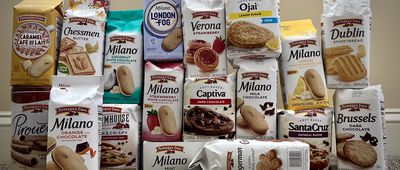Freezer Overhaul
When it comes to maintaining a clean and safe kitchen, it can be easy to neglect the freezer. This includes forgetting about foods that have been left to sit for weeks (or even months), stinky ice cubes and fruits, or meat and other items that exhibit freezer burn or mold. These conditions not only indicate that the food's quality has drastically declined, but they could also pose potential health risks if consumed.
If you have food sitting in the freezer that you no longer recognize, it's time to toss them. Here are 10 foods that are commonly overlooked, plus a few tips on how to extend their shelf life more effectively.



















